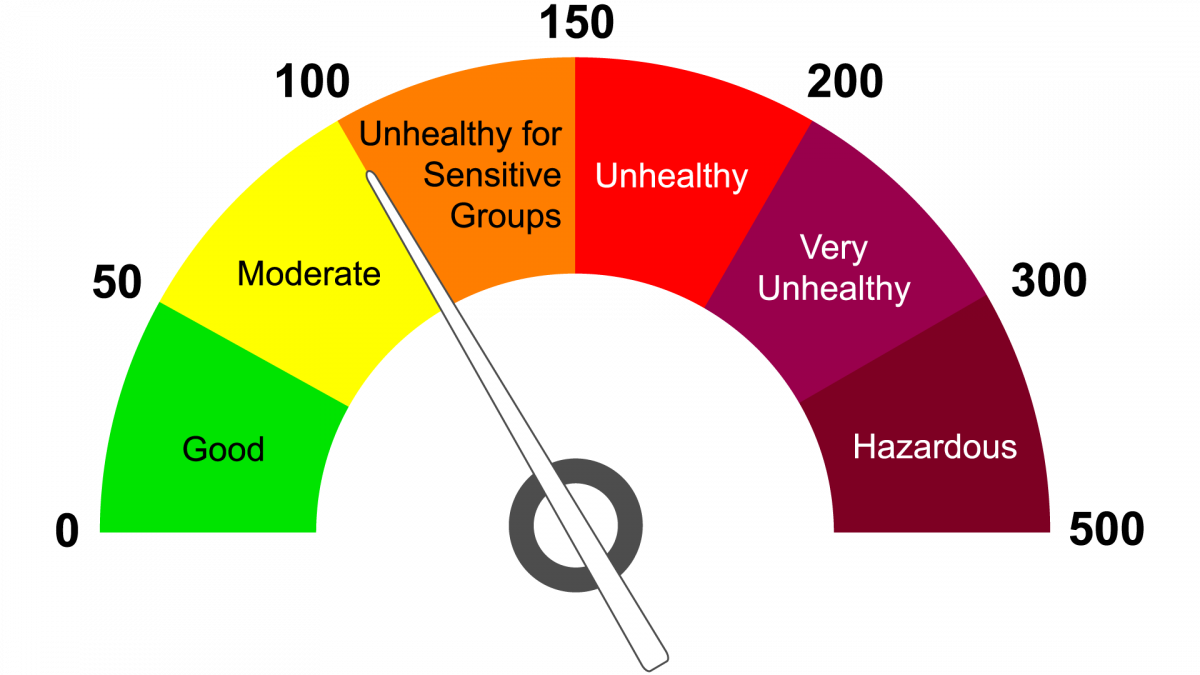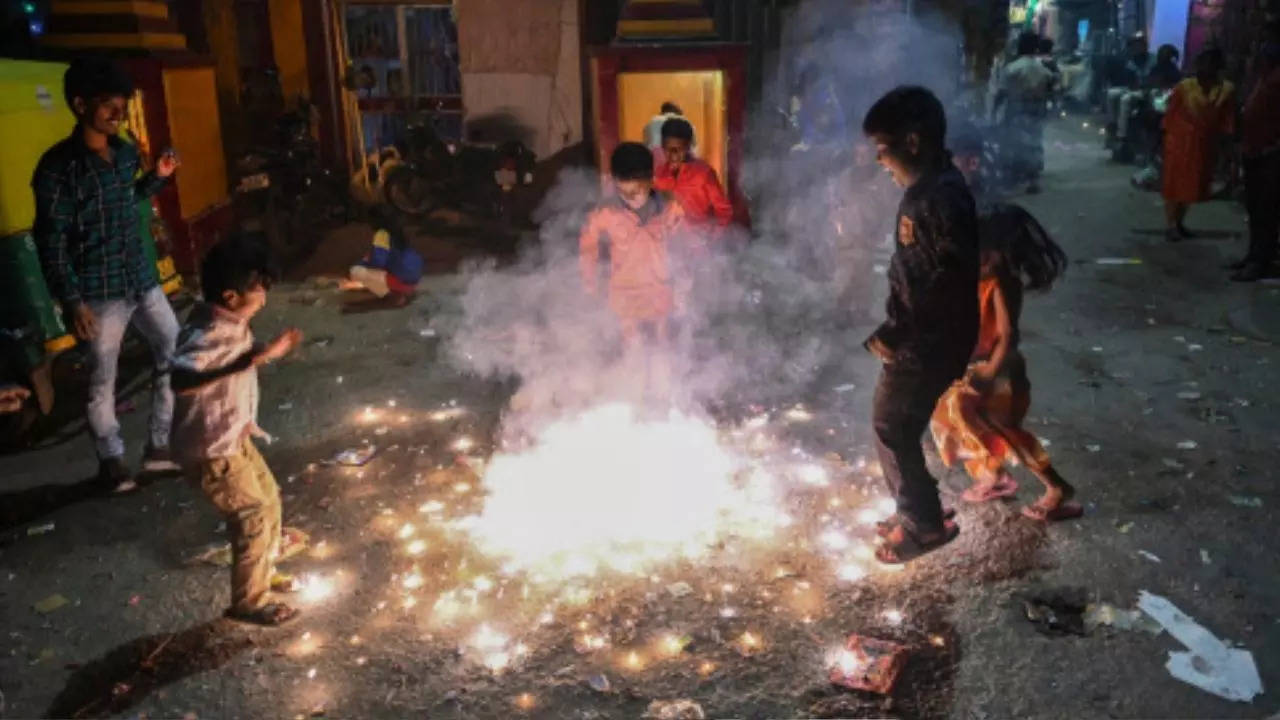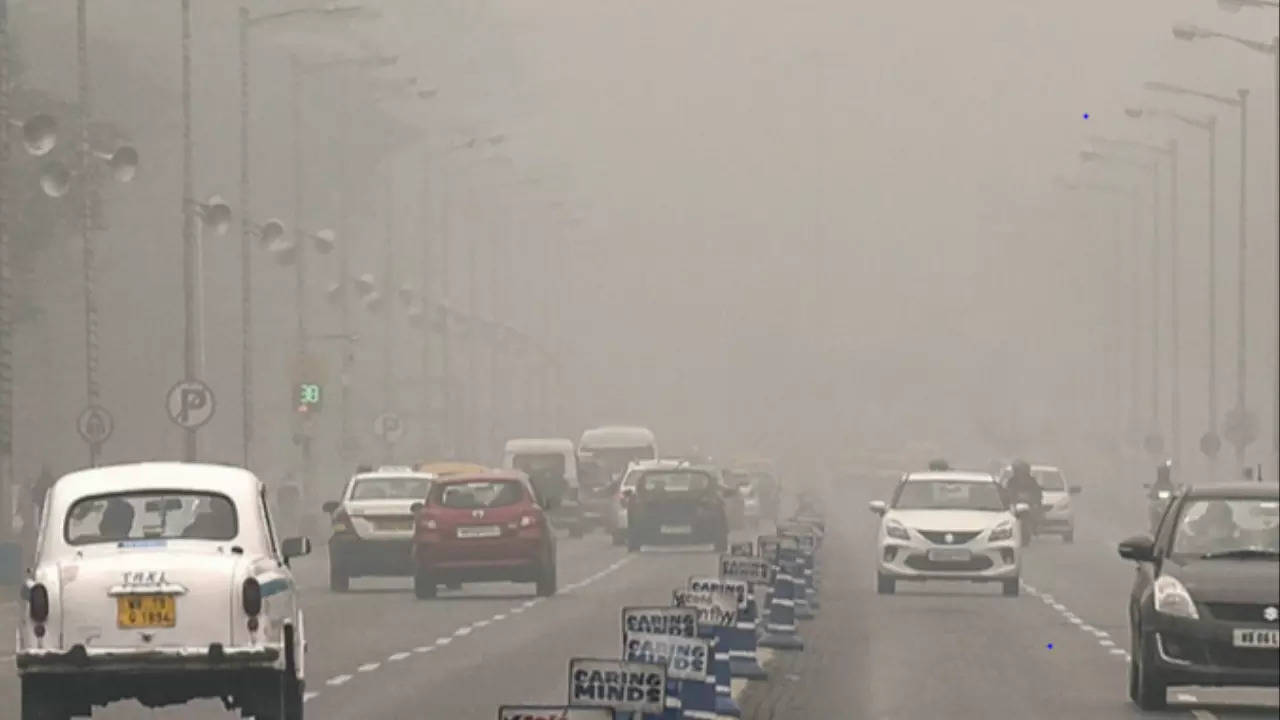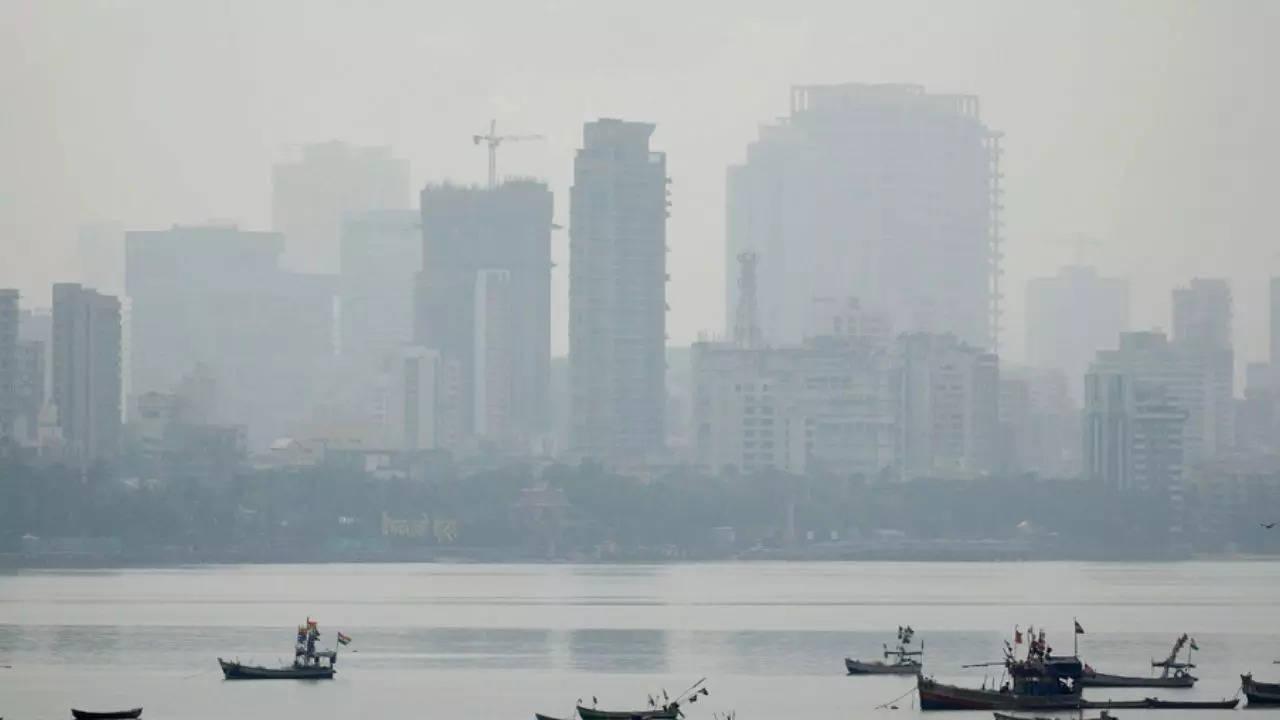Overview
Two days after the nationwide celebration of Deepavali, three major Indian cities were on the global rankings of the most polluted cities.
)
As per the rankings released by Swiss air purifier company IQAir, on November 14 at 9 PM, Delhi claimed the undesirable title of the world’s most polluted city with an air quality index (AQI) of 287. Lahore, Pakistan, followed closely at 236, while Kolkata and Mumbai secured spots in the top 10 with AQIs of 197 and 165, respectively.
What is AQI?
The Air Quality Index (AQI) is a vital indicator of air pollution levels, classifying them into different categories.
An AQI ranging from 0 to 50 is considered “Good,” indicating satisfactory air quality. Moving into the 51 to 100 range signifies “Moderate” air quality, while a range of 101 to 150 is deemed “Unhealthy for sensitive groups.”

When the AQI hits 151 to 200, the classification shifts to “Unhealthy,” emphasising potential health risks. The 201 to 300 range is labelled “Very unhealthy,” indicating a significant deterioration in air quality. An AQI exceeding 300 is categorised as “Hazardous,” signifying severe conditions that pose a health hazard to the entire population.
Delhi’s Air-pocalypse
Delhi, grappling with severe air quality for the past two weeks, witnessed a spike in the Air Quality Index (AQI) at 266 on November 13 at 6 AM, post-Diwali, as reported by the Central Pollution Control Board (CPCB).

Despite a brief respite with improved air quality after light showers on November 10, the
city was enveloped in a thick smog on
Diwali night.
The toxic haze persisted the following day,
defying a Supreme Court order that banned firecrackers’ production, sale, storage, and bursting.
Residents in Delhi, Noida, Gurugram, and other NCR regions engaged in widespread firecracker
bursting yesterday.
Even though the morning air quality on Diwali showed the best figures in eight years, Delhi’s pollution levels soared again. Despite the ‘Diya Jalao, Patakhe Nahi‘ (Light Lamps, Not Crackers) campaign launched by the Delhi government to address concerns about rising pollution post-Diwali, the efforts seem to have fallen short.
Following Diwali, the Central Pollution Control Board (CPCB) recorded an average Air Quality Index (AQI) of roughly 300 at most locations. During the day, PM 2.5 and PM 10 pollutant levels soared to 500 in various areas, including Rohini, ITO, and the Delhi airport vicinity.
Real-time air monitoring platforms this morning indicated alarmingly high AQI values, surpassing 500 and reaching as high as 900 in some locations. Alarmingly, Jawaharlal Nehru Stadium
reported an AQI of 910, Lajpat Nagar recorded 959,and Karol Bagh measured 779 around 6 AM, as reported by aqi.in.

Over the past years, Delhi has grappled with varying levels of Air Quality Index (AQI) on Diwali day, per data from the Central Pollution Control Board.
The recorded AQI figures for the
last seven years are as follows:
431 in 2016,319 in 2017, 281 in 2018,
337 in 2019,414 in 2020, 382 in 2021,
and a notable improvement from 312
in the previous year.
Dr Arvind Kumar, a senior lung specialist from Medanta Hospital, highlights the severity of the situation, equating the impact of the current air
qualityto the damage caused by approximately
25–30 cigarettes to the human body.
Pollution Peaks: Kolkata and Mumbai on Global Radar
Kolkata has secured the alarming position of India’s second most polluted city, ranking fourth globally with an Air Quality Index (AQI) of 197. Following closely is Mumbai, the third most polluted Indian city, securing the ninth spot on the global list with an AQI of 165.

During the timeframe from 4 PM on November 10 to 4 PM on November 11, both Kolkata and Delhi experienced “poor” air quality; however, Kolkata’s Air Quality Index (AQI) recorded a higher value at 269 compared to Delhi’s 225, as per data from the Central Pollution Control Board. The CPCB data indicates a recent increase in Kolkata’s AQI, particularly as winter sets in. The air quality transitioned from “moderate” to “poor” between November 5 and 10, underscoring a concerning trend of deteriorating air conditions in the city.

As per SAFAR (System of Air Quality Weather Forecasting and Research), the air quality in various areas of Mumbai reflected the severity of pollution. The AQI in Borivali stood at 307, Kalanagar at 312, and Malad at 309. Chembur recorded an AQI of 334, while Worli exhibited a comparatively lower AQI of 134, according to SAFAR-India’s data.












Comments 1